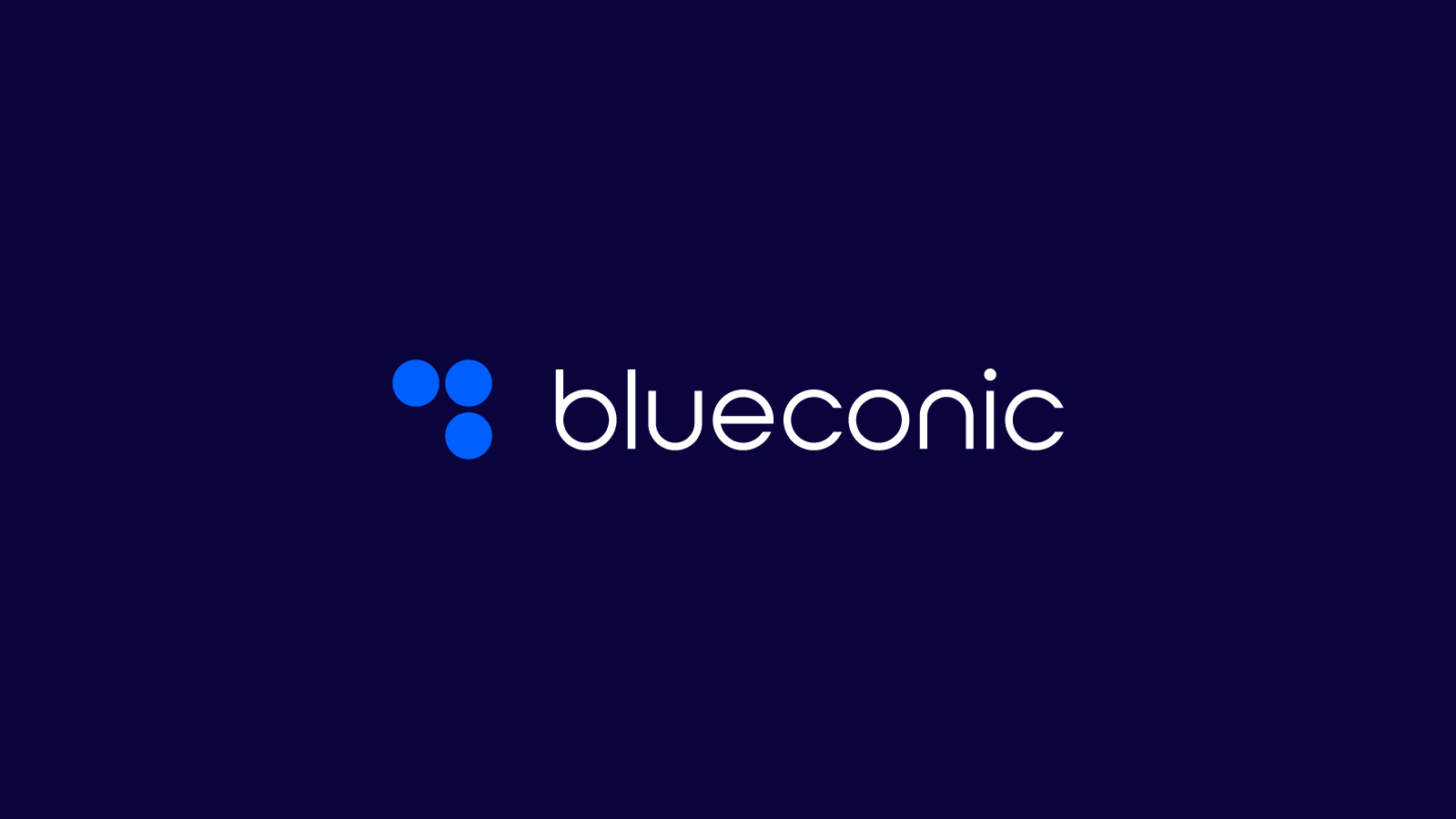Millions of people are affected by mental illness each year. According to the National Institute of Mental Health (NIMH), 1 in 5 adults in the U.S. are living with mental illness, with 1 in 20 experiencing serious mental illness.
Yet mental health ailments are still widely stigmatized in the U.S. That’s why BlueConic supports May as Mental Health Awareness Month. As a community, we recognize that at any given moment, someone on the team is managing a mental health issue. We sat down with BlueConic’s Chief People Officer, Katherine Boardman and Senior People Operations Manager, Kimmy Hauck to talk about overcoming the stigma of mental illness and how the company provides support for those living with mental health issues.
Why does BlueConic recognize mental health awareness month in the U.S.?
Katherine: Tending to one’s mental health is as much a priority as ensuring we take care of ourselves physically. We can’t see mental illness or someone’s struggles in the way we can observe a physical ailment, such as a broken arm. It’s important to talk about mental health and what that means for an individual. By raising awareness this month, we can practice talking about a topic that is both personal and is part of all of us.
Kimmy: BlueConic understands that mental health holds equal weight as physical health. We know working towards mental wellbeing is crucial for everyone in our communities and part of recognizing its importance is speaking openly and honestly. Celebrating Mental Health Awareness Month is one way we can do that.
What resources does BlueConic make available for employees who are impacted by mental illness, either directly or indirectly?
Katherine: In the U.S., our benefits program provides health insurance through an insurer who promotes mental health and provides those resources proactively. We also have an Employee Assistance Plan (EAP) available to employees that provides counseling and resources on a myriad of topics. Beyond this and equally as important we talk about caring for oneself and practicing empathy with team members. Overall, we take a holistic approach to wellbeing.
Kimmy: One of the themes that drives BlueConic forward is psychological safety. The People Ops Team and the broader organization work endlessly to make BlueConic a safe space for everyone to share their experiences and build trusting professional relationships. We are a truly empathic, kind ‘Crew of people! In addition to EAP, we offer generous paid time off (PTO), including compassionate leave, which can be used for loss of any close person or a pregnancy. Regular manager and people ops check-ins ensure that our team feels empowered to use their PTO and available resources.
With many BlueCrewer’s working from home, what supports has BlueConic put in place around hybrid working (i.e., how do you ensure employees get a good work/life balance?)
Kimmy: Being a majority remote company, we have put a lot of thought into how to keep our population engaged in an increasingly digital world. In addition to regular check ins and ensuring work boundaries are common practice from the top down, we encourage folks to design their schedules to accommodate their lives. We understand that zoom fatigue is all too common in the workplace, so we implemented meeting-free Fridays.
How do you prioritize your own mental health?
Katherine: I prioritize my work, using lists to keep my to do’s organized. This active exercise ensures I’m reviewing tasks and projects and asking if these are must do’s or can be put to the side. Lots of yoga and daily meditation are always priorities.
Kimmy: Keeping space in my life to focus on things that fill my cup helps keep my mental health in check. That includes making time to walk during the day, even just for 15 minutes at lunch time or shutting my computer in time to make and eat dinner with my partner. I also prioritize moving my body every evening, including yoga, walking, and going on my stationary bike.
Despite over 200 million workdays lost due to mental health conditions each year, mental health remains a taboo subject. What can leadership be doing to encourage open conversations and break this taboo?
Katherine: Leading by example as leaders and as a People & Talent team is critical. Managers in their 1:1s have the ideal setting to check in with team members and provide space for people to raise issues. Managers can share their observations with their team member when the individual may appear to be struggling. Leading with curiosity and compassion is key.
Research has shown that the younger generations, who are more connected than ever through social media and technology, are actually lonelier than ever. In this new hybrid working environment, what can companies be doing to ensure teams still feel connected?
Katherine: We’re always adding to our lineup of connection opportunities: Coffee & Donut Roulette, Eat & Educate, and Haptivities are a few of our recent additions. These tend to be smaller groups where people across the organization can gather, get to know one another, learn, and have some fun.
Kimmy: For me, being aware of the possible feelings of isolation and loneliness is the first step. As a member of the People Team, I make sure to check in via Slack or Zoom with those I know that live alone or those that have expressed feeling lonely. In addition, we use a variety of events, both small and large to bring folks together.
Stay tuned for our next installment on mental health awareness, where we’ll explore how policies and practices around mental health and mental health recovery differ between the U.S. and Europe.






